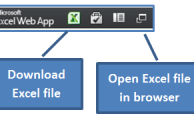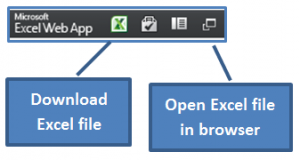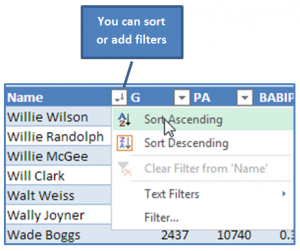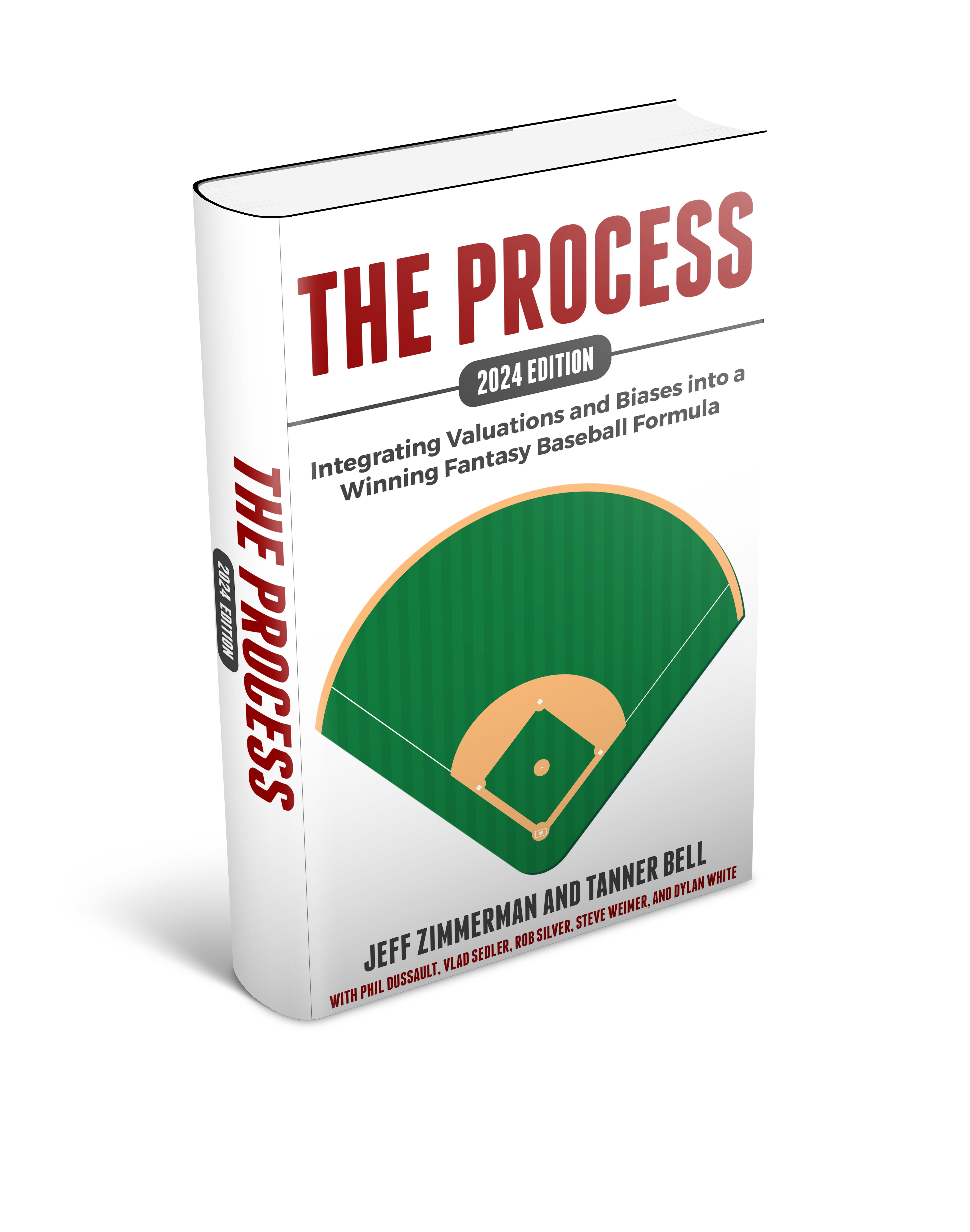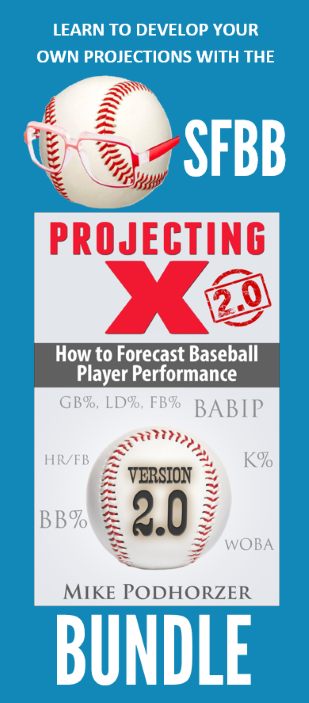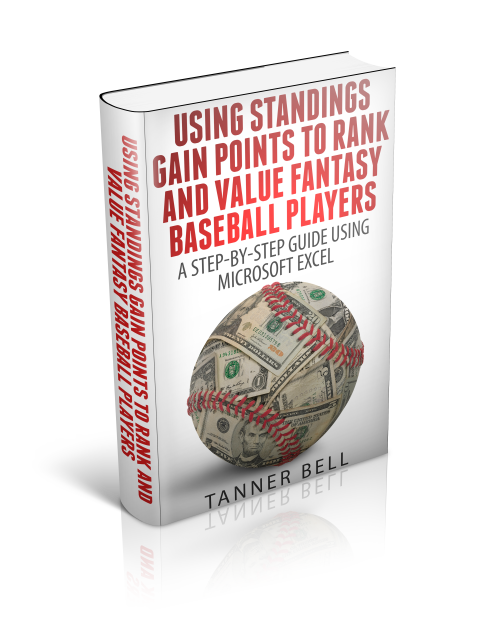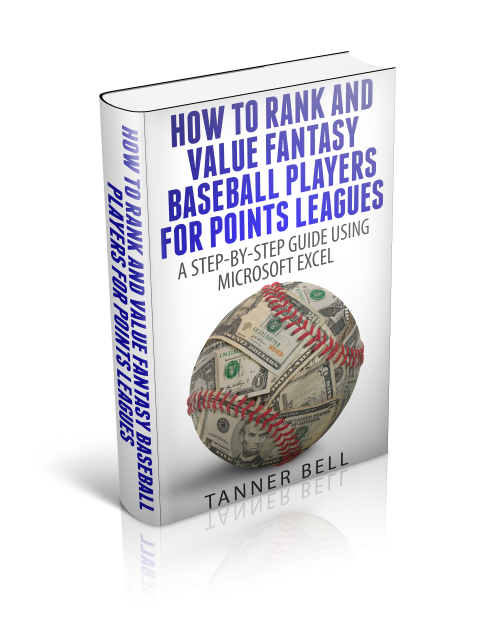Pitchers who significantly outperform FIP are very likely to see a rise in their ERA the following year. With this in mind, let’s take a look at the pitchers who significantly outperformed their FIP in 2012.
Outperformed FIP by Greater than 0.70
Based on recent history, nearly all of these guys (or 94%) should see an increase in ERA for 2013. With that said, I could see Hellickson being an exception. He has consistently outperformed FIP over his short career:
| SEASON | ERA | FIP |
|---|---|---|
| 2010 | 3.47 | 3.88 |
| 2011 | 2.95 | 4.44 |
| 2012 | 3.10 | 4.60 |
| Career | 3.06 | 4.46 |
A counter argument to Hellickson being an exception is that he currently has one of the largest career differentials between ERA and FIP for a starter in the history of major league baseball (although I don’t think FIP is available into the distant past). So he either has a very rare skill not measured by FIP or really is due to see his ERA increase and approach his FIP calculations. A quick internet search turns up the fact that this is a heated debate surrounding Hellickson (there’s are interesting discussions of this very topic here and here).
Hellickson aside, the others display career ERA similar to career FIP (although Weaver has displayed an ability to exceed FIP) and are my targets for a higher ERA in 2013. As a Tigers fan, here’s my favorite Jered Weaver (and Carlos Guillen) moment.
| PLAYER | 2012 ERA | CAREER ERA | 2012 FIP | CAREER FIP |
|---|---|---|---|---|
| Jered Weaver | 2.81 | 3.24 | 3.75 | 3.65 |
| Jason Vargas | 3.85 | 4.35 | 4.69 | 4.48 |
| Matt Harrison | 3.29 | 4.08 | 4.03 | 4.27 |
I’d look to see Weaver’s ERA rise toward the 3.50 mark and Vargas’ up toward his career 4.35 mark. Based on career ERA and FIP of 4.00+ and his 4.03 FIP from last year, Harrison’s 3.29 ERA from last year looks to see the biggest rise of the group.
Once below the 0.70 threshold, the likelihood of an ERA increase is smaller, but still 74%. And the list of names is definitely “fantasy relevant”.
If I Had to Cherry Pick Some Names
Let’s look at some of these more “fantasy relevant” names and their career ERA and FIP:
| PLAYER | 2012 ERA | CAREER ERA | 2012 FIP | CAREER FIP |
|---|---|---|---|---|
| Matt Cain | 3.40 | 3.27 | 3.40 | 3.65 |
| Jordan Zimmerman | 2.94 | 3.47 | 3.51 | 3.56 |
| R.A. Dickey | 2.73 | 3.98 | 3.27 | 4.23 |
| Hiroki Kuroda | 3.32 | 3.42 | 3.86 | 3.62 |
| Johnny Cueto | 2.78 | 3.57 | 3.27 | 4.03 |
| David Price | 2.56 | 3.16 | 3.05 | 3.48 |
| Mark Buehrle | 3.74 | 3.82 | 4.18 | 4.14 |
| Jon Niese | 3.40 | 4.06 | 3.80 | 3.78 |
Adding moves from the NL to the AL into the equation, Dickey and Buehrle become obvious candidates. Besides moving from an offensively challenged division to the AL East, Dickey also posted career highs in K/9 (EXTREME career high, from 5.78 in 2011 to 8.86 in 2012) and LOB%.
I’m looking to find more incriminating evidence against, Buerhle, but it’s not jumping out at me. He’s only ever had an ERA over 4.00 in three of his 12 seasons. Although he did have the second best BABIP of his career (.270 last year, career .289). I’d look for a rise, but nothing to significant.
Cuteo may have just had a career year. He was great in 2011 too, but he pitched 60+ more innings in 2012. His control improved dramatically and is on a continued downward trend. It’s difficult to expect another career year, but you can’t ignore the trends. I do expect his ERA to rise, but not significantly (3.00-3.10 range).
Zimmermann’s control regressed some in 2012 and he gave up more HR/9 and HR/FB in 2012. But nothing too extreme. Look for his ERA to rise into the 3.40-3.50 range, just to fall in line with career averages.
I love Jon Niese. From 2011 going into 2012 he played the reverse role, with a 4.40 ERA in 2011 and a 3.36 FIP. That flipped in 2012 as he posted a FIP similar to his career average but managed a career best ERA. Also suggesting an increase in ERA is a career low BABIP number of .272 compared to a career BABIP of .311. Look for an ERA in the 3.60-3.80 range.
Reactions?
Which pitchers do you think are do for regression? On this list or otherwise.
Resources
Statistics courtesy of Fangraphs.


